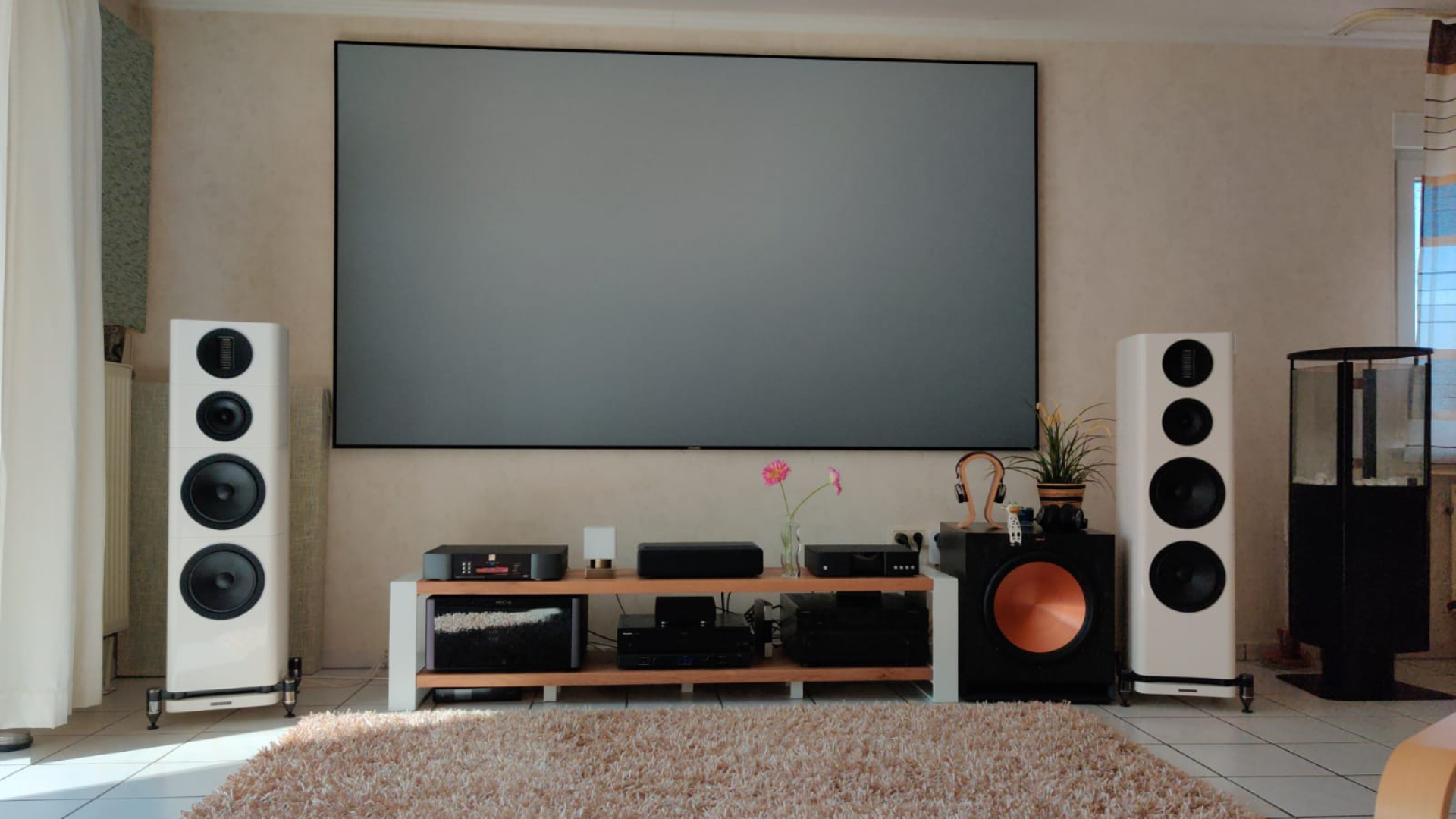

Just when you thought you couldn't go any bigger, the best 75-inch TVs arrive to completely redefine your viewing experience at home. They're fantastic for larger rooms, and actually take up less room than a projector – they're so thin, you can wall mount them easily.
While many of the best TVs range from around 40-inches upwards, the 75-inch and over sizes are starting to dominate TV sales. If the ones in this list still aren’t big enough for you, then we recommend checking out our list of the best 80+ inch TVs.
You can get 75-inch TVs to suit a variety of budgets, but for those wanting to get the most out of their big screen, the higher-end OLED or QLED TVs are going to give you the best viewing experience – although the best OLED TVs do come at a higher cost.
It's with these larger TVs that 8K becomes the norm, and boy, do those extra pixels make all the difference. Check out the best 8K TVs for more on these models.
T3 Top Picks
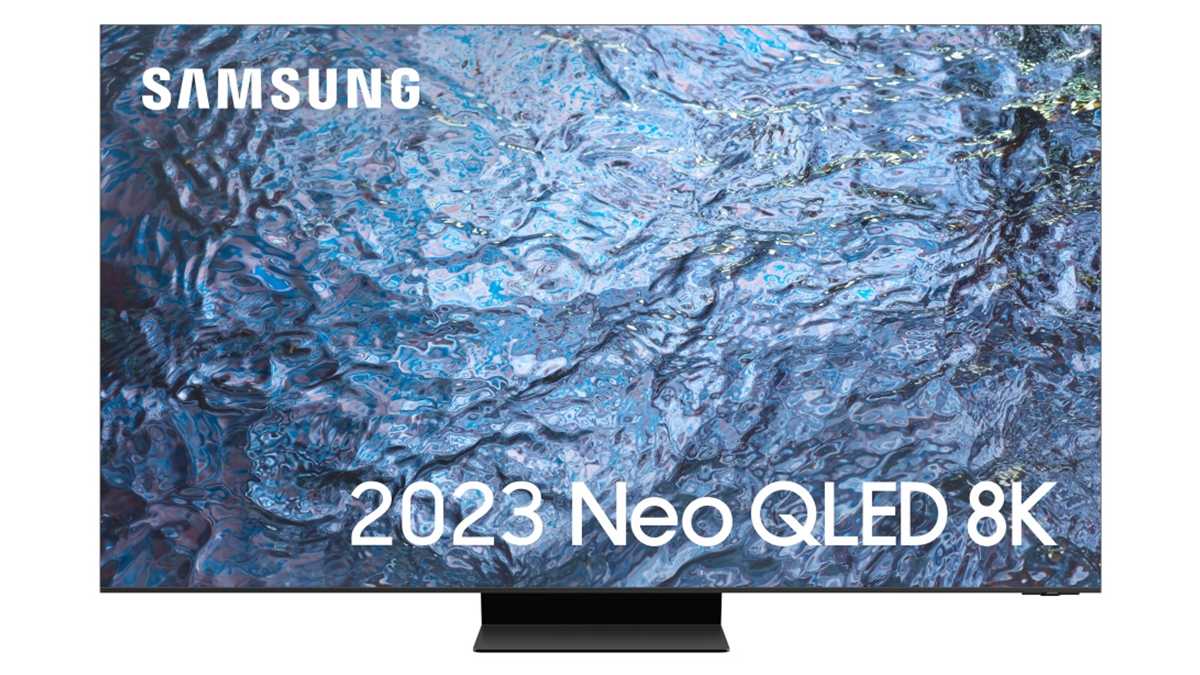
Best for 8K
If you're going to go for a television set that's 75 inches from corner to corner, then you might as well pack it full of pixels, and that's exactly what the Samsung QN900C does – with 33 million pixels to play with, you're guaranteed to get pictures that are crisp, vibrant, and punchy. It's great for movies, games, and indeed any other purpose.
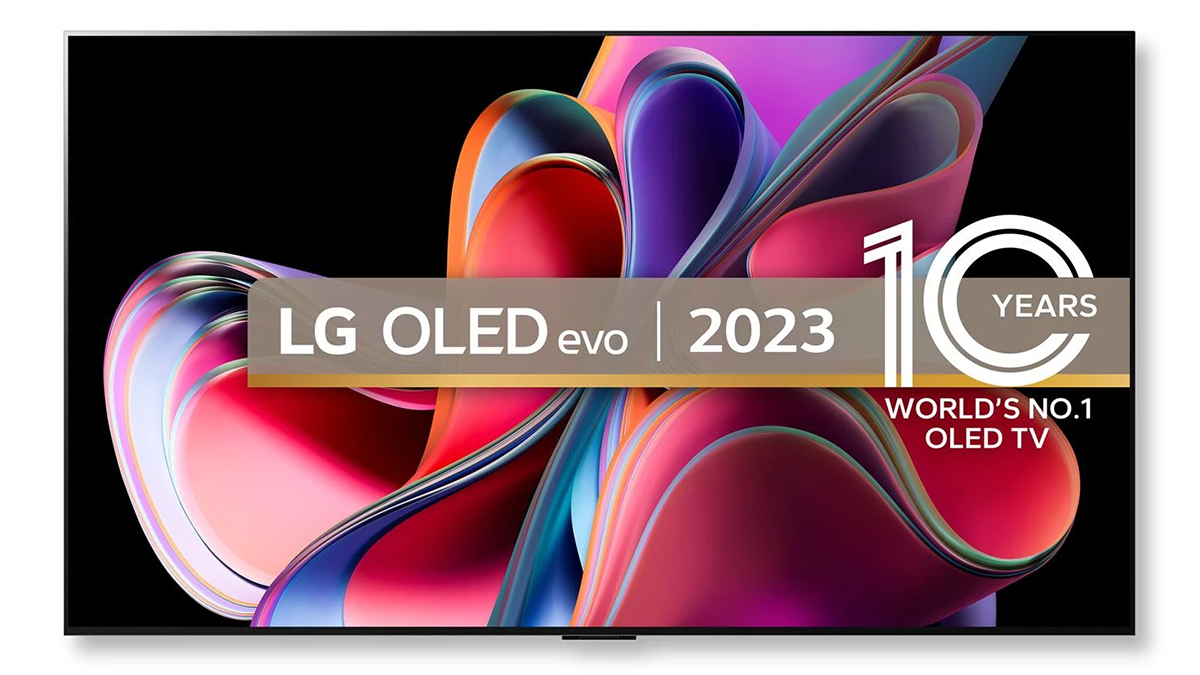
Best OLED
In our review of the LG G3 OLED television, we said that "TV doesn't get better than this", and that's true no matter what size of set you buy. However, the 77-inch version of this phenomenal TV really is a marvel, and is guaranteed to impress anyone sat in front of it – no matter what the content on screen, your eyes are in for a real treat,
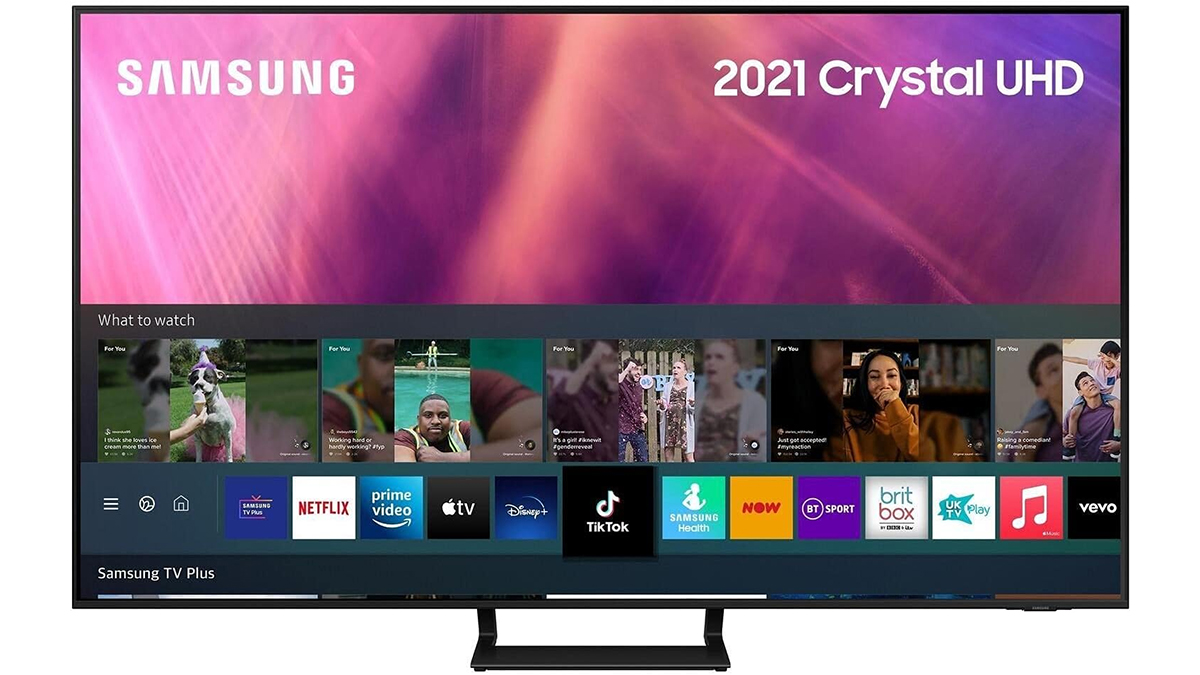
Best budget
Clearly, if you're going to buy a television set that measures 75 inches from corner to corner, you're going to have to part with a substantial amount of cash – but you might not have to pay quite as much as you think. The AU9000 is a little older now, and that means it's more affordable, while still offering plenty in terms of features and picture quality.
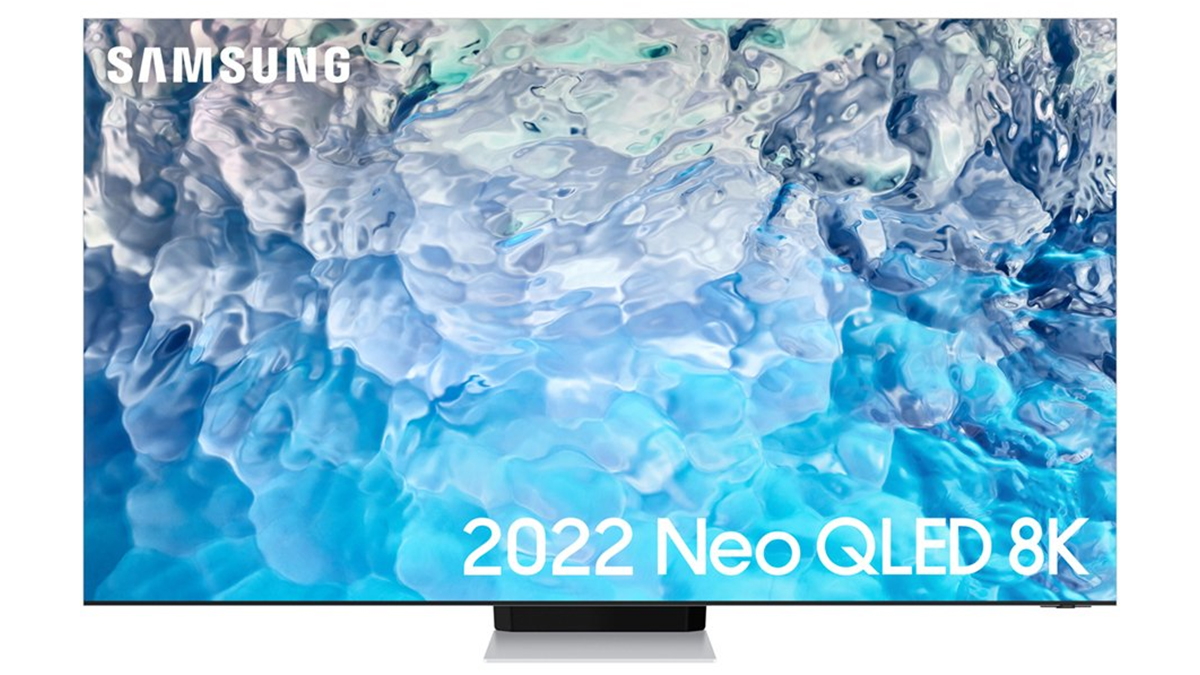
Best affordable 8K
If you want that glorious 8K resolution but you don't want to pay quite as much for it, then give the Samsung QN900B some serious consideration. It doesn't quite hit the heights of other 8K televisions on the market, but it offers a lot of bang for your buck at a lower price point – and those tens of millions of pixels really make the display panel shine.
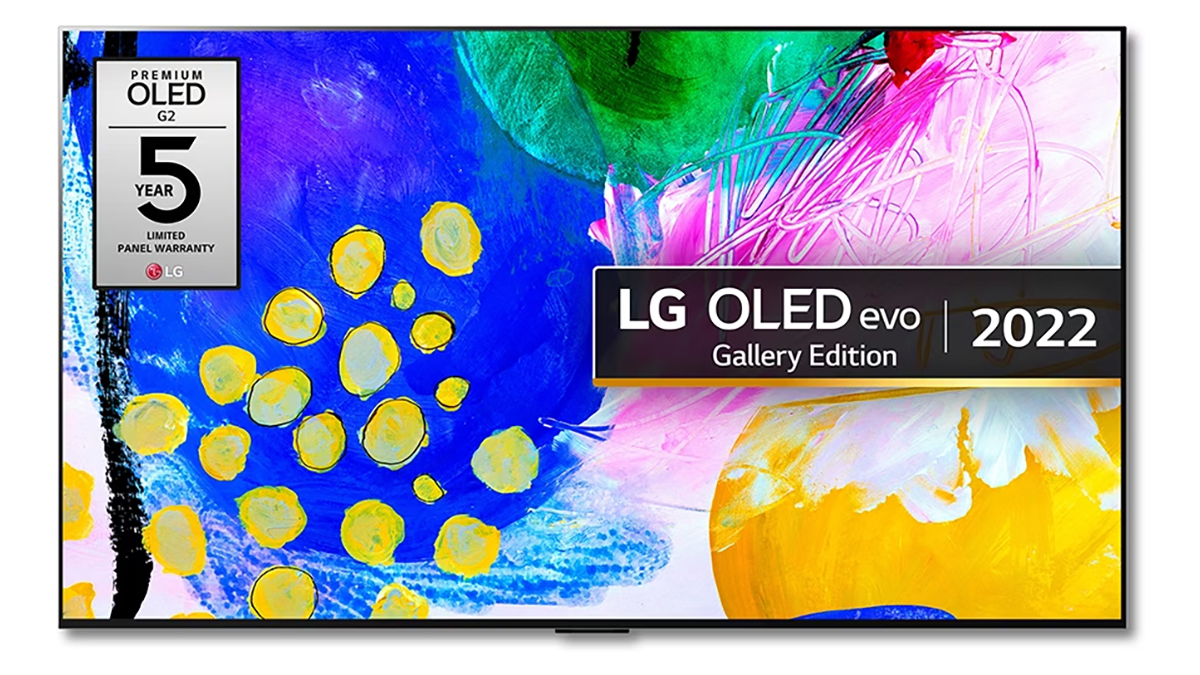
Best affordable OLED
Maybe you're after all the benefits of OLED – super-deep blacks, glorious contrast levels – and yet don't want to pay top dollar. If that's the case, shopping for slighter-older-but-still-great TVs can do the trick, and that's definitely the case when it comes to the 77-inch version of the LG G2 OLED. You get all of the LG craft and polish, at a lower price point.
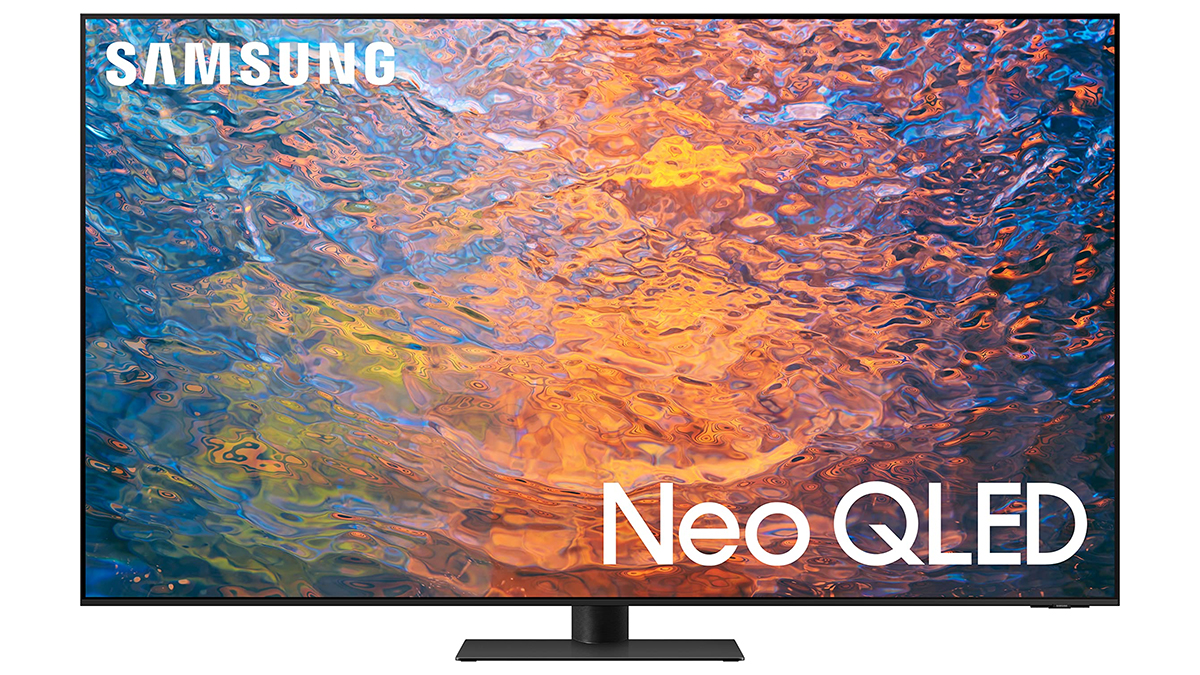
Best Mini-LED
There's a huge amount to like about the Samsung QN95C, which offers a Mini-LED panel that gets close to OLED in terms of the picture quality. It's going to appeal to gamers as well as those who love a really large television set, and we like the use of the One Connect box to keep all the cabling organised. Well worth having on your shortlist.
The best 75-inch TVs in 2025
Best for 8K

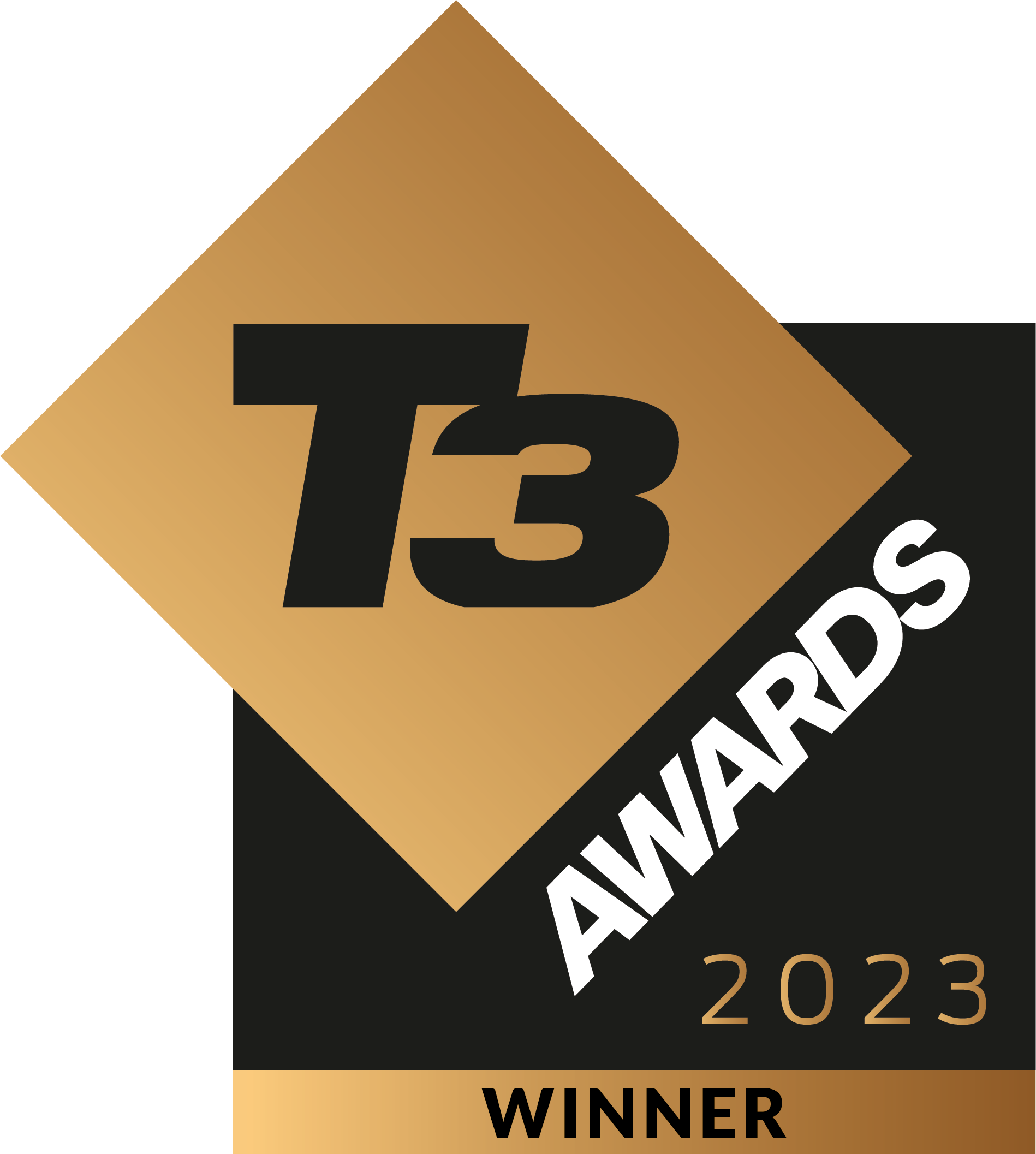
Reasons to buy
Reasons to avoid
The latest and undoubtedly greatest 8K TV from Samsung at the moment is the QN900C, and it happens to come in a 75-inch size. Clearly this is going to set you back a lot of money, but if you want the highest possible resolution and the best possible tech, then we think it's worth the investment.
There's a state-of-the-art Mini-LED backlight here to make sure the picture is always fantastic, and we really like the design of the set as well. Gamers are going to like the support for frame rates up to 144Hz, and the HDR performance (with support for HDR10, HLG and HDR10+) is another stand out feature of note.
Find out all the features and specs for this set in our full Samsung QN900C review, that tells you everything you need to know about the 8K TV.
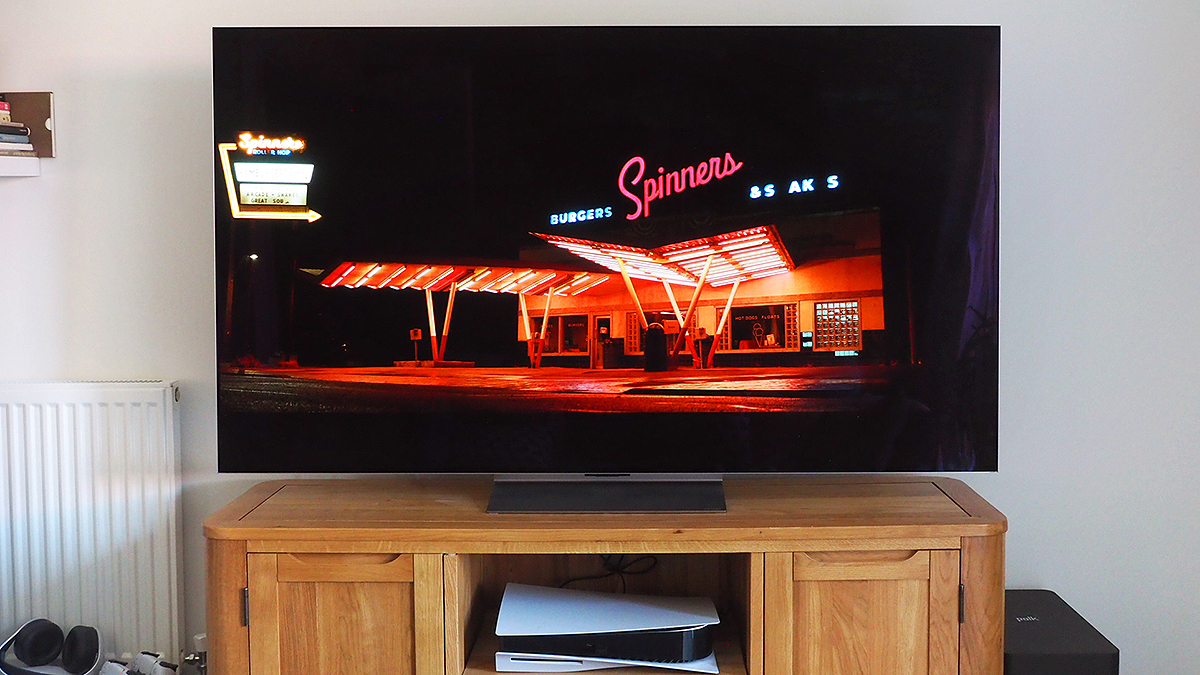

Reasons to buy
Reasons to avoid
We're cheating just a little bit here, because the LG G3 is available in a 77-inch size rather than a 75-inch one – but we think we can bend the rules a little bit, because this stunning OLED set has so much to offer. In terms of its brightness, contrast and overall picture, we think it's the best OLED TV around at the moment.
A lot of that is due to the use of a Micro Lens Array panel, but there's a lot of other powerful tech at work here – including 4K at 120Hz support that's going to please gamers. We should however note that if you're not going to wall mount the set, you'll have to pay extra for a stand.
For answers to all your questions about this particular TV, head on over to our LG G3 review for all the details on what it offers.
Best budget
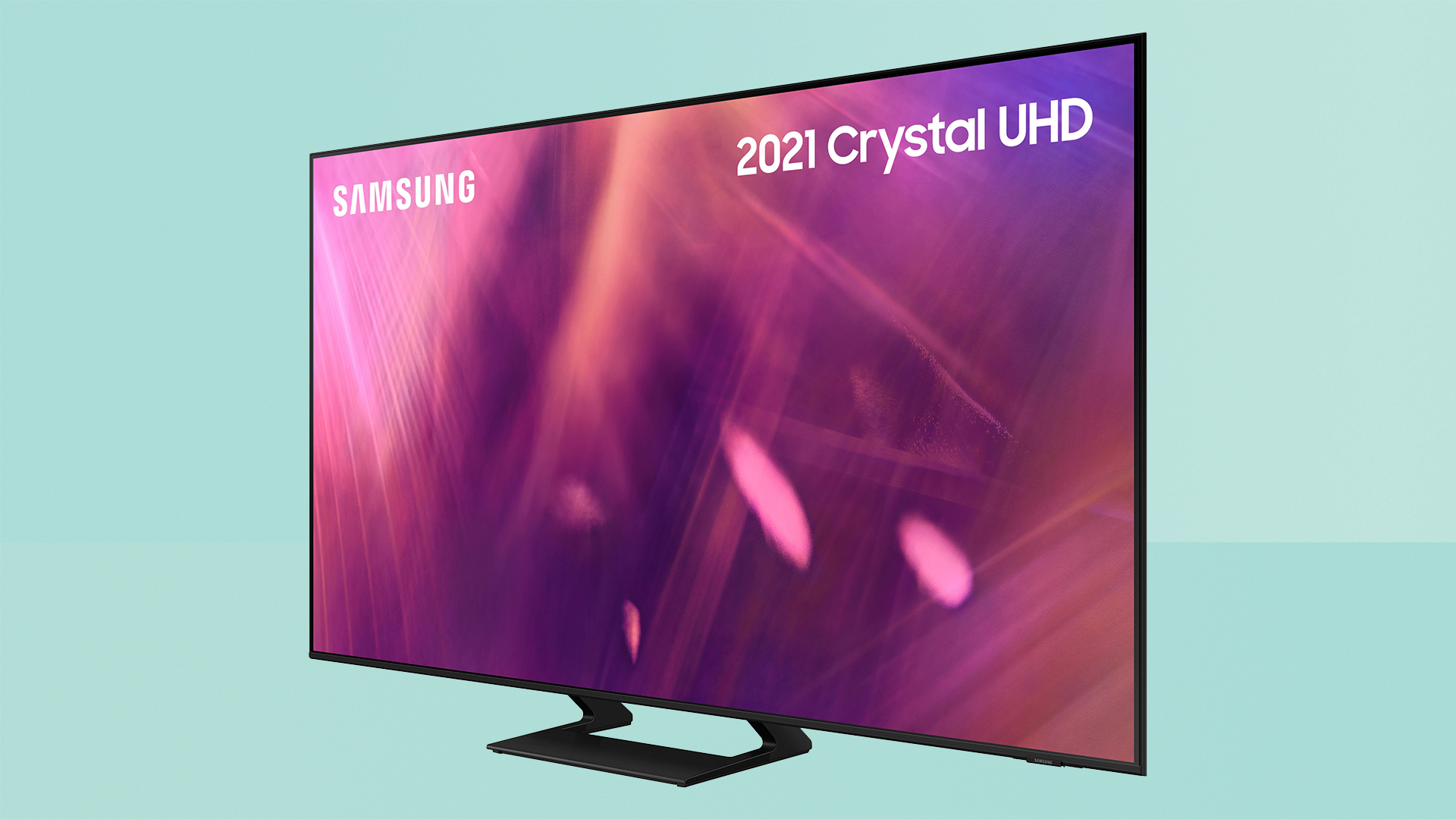
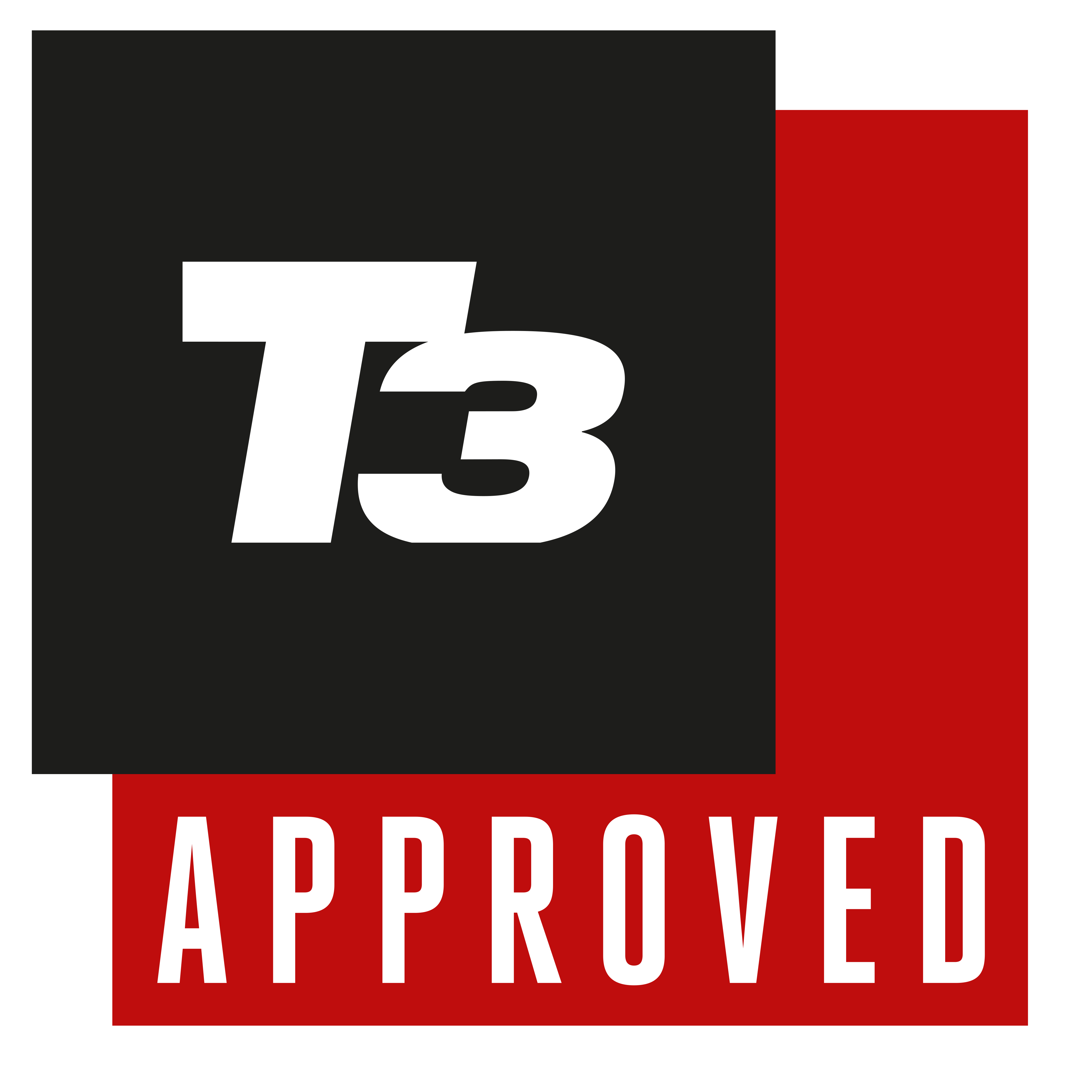
Reasons to buy
Reasons to avoid
We've been hugely impressed with the Samsung AU9000 range, and the 75-inch model is a brilliant buy right now – it's slightly older but that means that you get it at a better price, and if you want as much bang for your buck as possible at this size then you really can't go wrong with this.
The picture quality is simply superb, from the HDR performance to the 4K processing that does a very decent job of upscaling any content that isn't already in 4K. You get three HDMI ports to make use of, while the on-board Tizen software from Samsung gives you all the streaming apps you're likely to need.
If you think that this might be the TV set for you, head on over to our Samsung AU9000 review to get up to speed on it.
Best affordable 8K
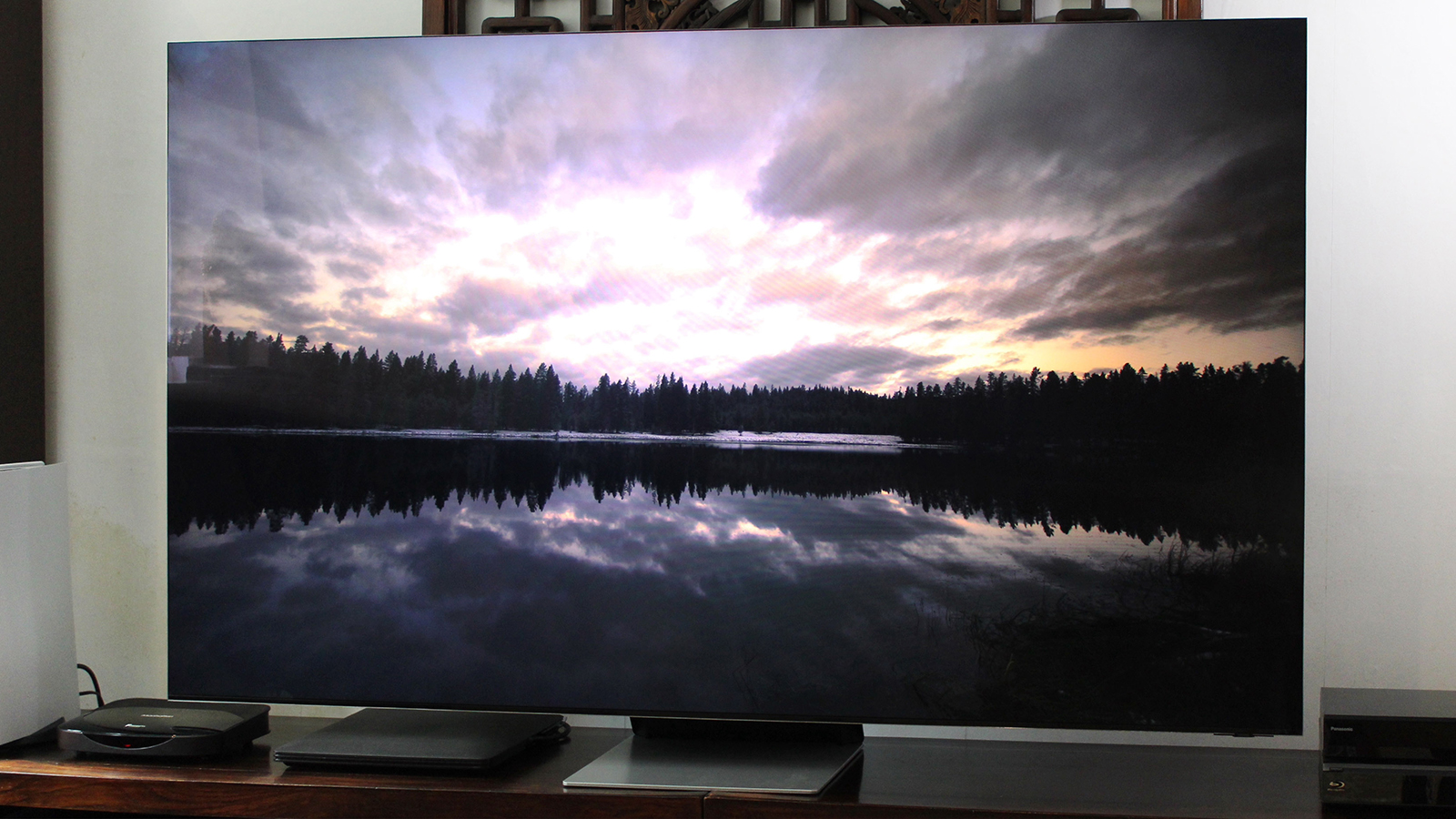

Reasons to buy
Reasons to avoid
This is another 75-inch, 8K stunner, and it's a T3 Awards winner: it uses a Neo QLED panel with Mini-LED tech built in, and that means a beautifully bright and even backlight. The result is HDR performance that has to be seen to be believed, giving everything a vibrancy and realism that beats most other TVs.
You don't need to worry about the fact that there isn't much to watch in 8K, because the TV is fantastic at taking 4K and making it look better than any actual 4K TV can manage. It's excellent in other areas too, from its gaming features and HDMI 2.1 support, to its easy-to-use smart platform that's packed with streaming services.
You can read more about this particular TV in our Samsung QN900B review, which includes all the features and specs.
Best affordable OLED
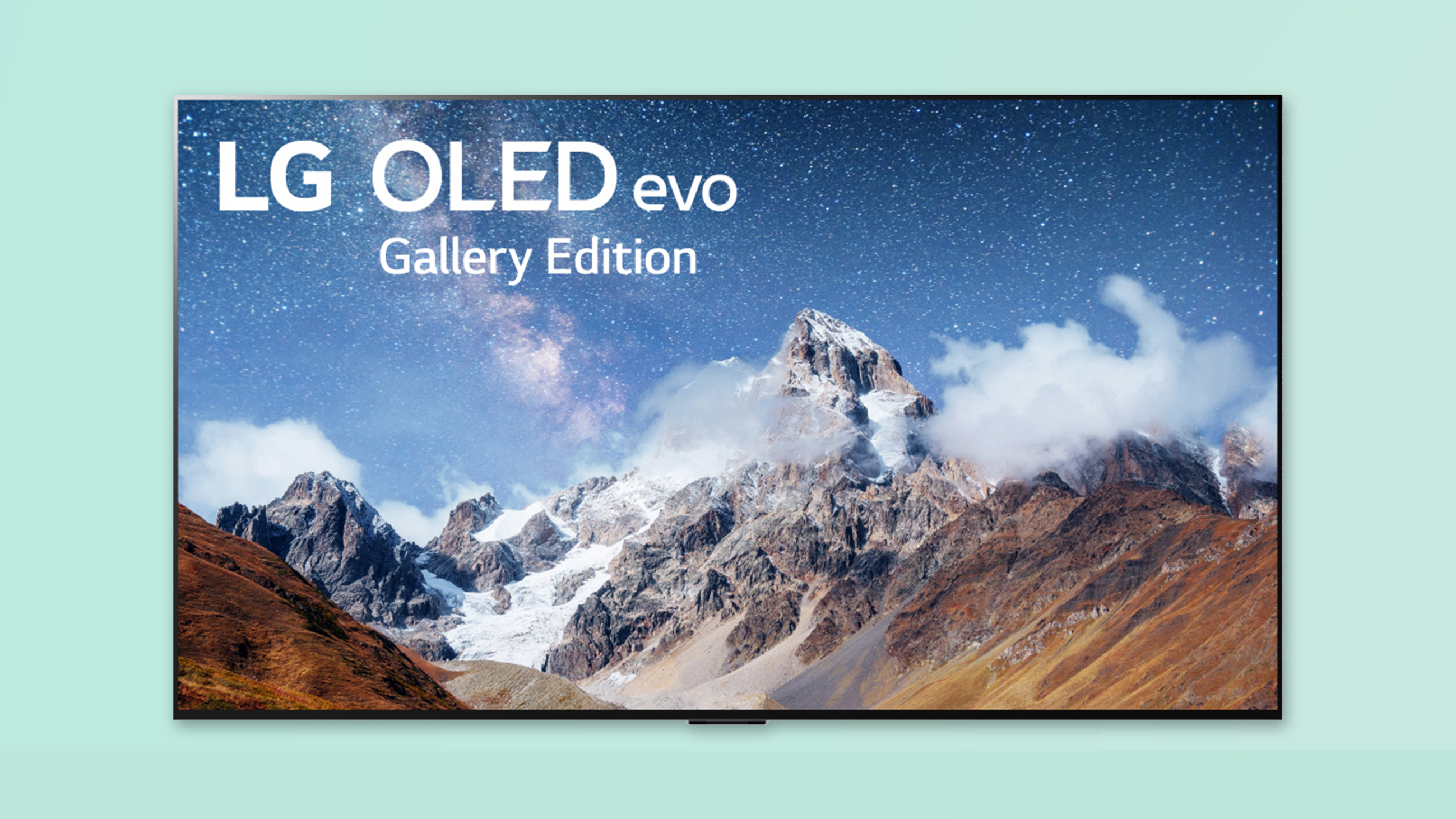

Reasons to buy
Reasons to avoid
The LG G2 isn't quite up to the standards of the LG G3 above, but it's still a superb set, and you can get it for a better price as it's a little bit older. You get a consistently bright and vibrant display that shows off all kinds of content very well, and as this is OLED the contrast levels and deep blacks are amazing.
While the price is still relatively high when you're buying at this size, you get a lot back for your money, and gamers are going to be pleased that 4K 120Hz is supported over HDMI. The WebOS software that LG uses continues to impress as well, if you want to use the on-board apps.
There's lots more about this particular set in our LG G2 review, which should help you decide if it's for you.
Best Mini-LED
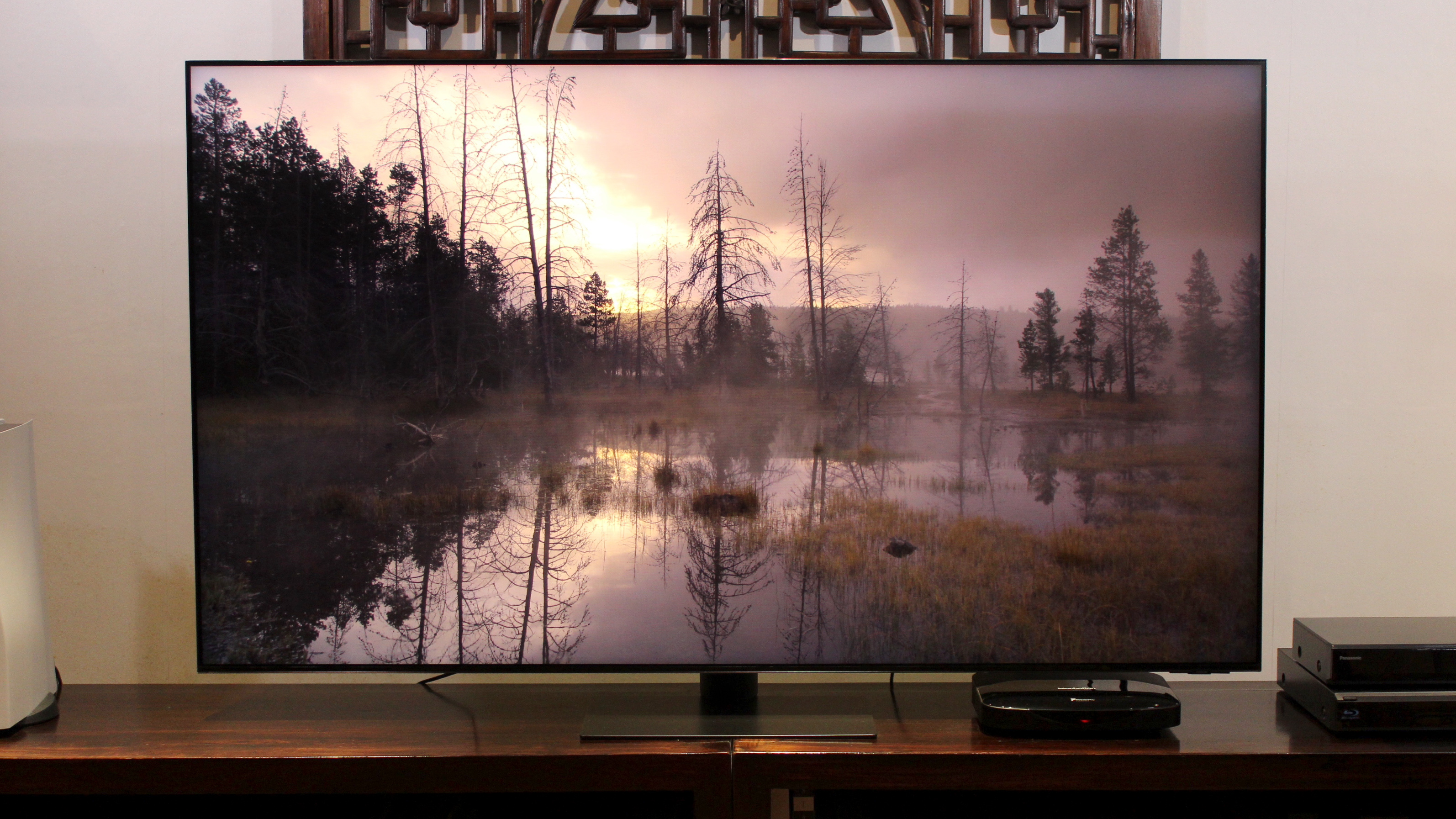

Reasons to buy
Reasons to avoid
There's a lot to like about the Samsung QN95C, especially at the 75-inch size that we're concerned with here: from games to movies, everything looks brilliant on this screen, and it's proved a popular set since its launch. With Samsung, you can trust its reliability and durability as well.
The Mini-LED technology provides 48 x 28 (1,344) local dimming zones for specific illumination, and the screen rivals OLED levels when it comes to deep blacks and contrasts. Brightness and colour performance are great too, and it's actually rather tricky to find any faults with the QN95C.
All the specs and details you need to know about are in our Samsung QN95C review, a full look at this model.
Best for gamers
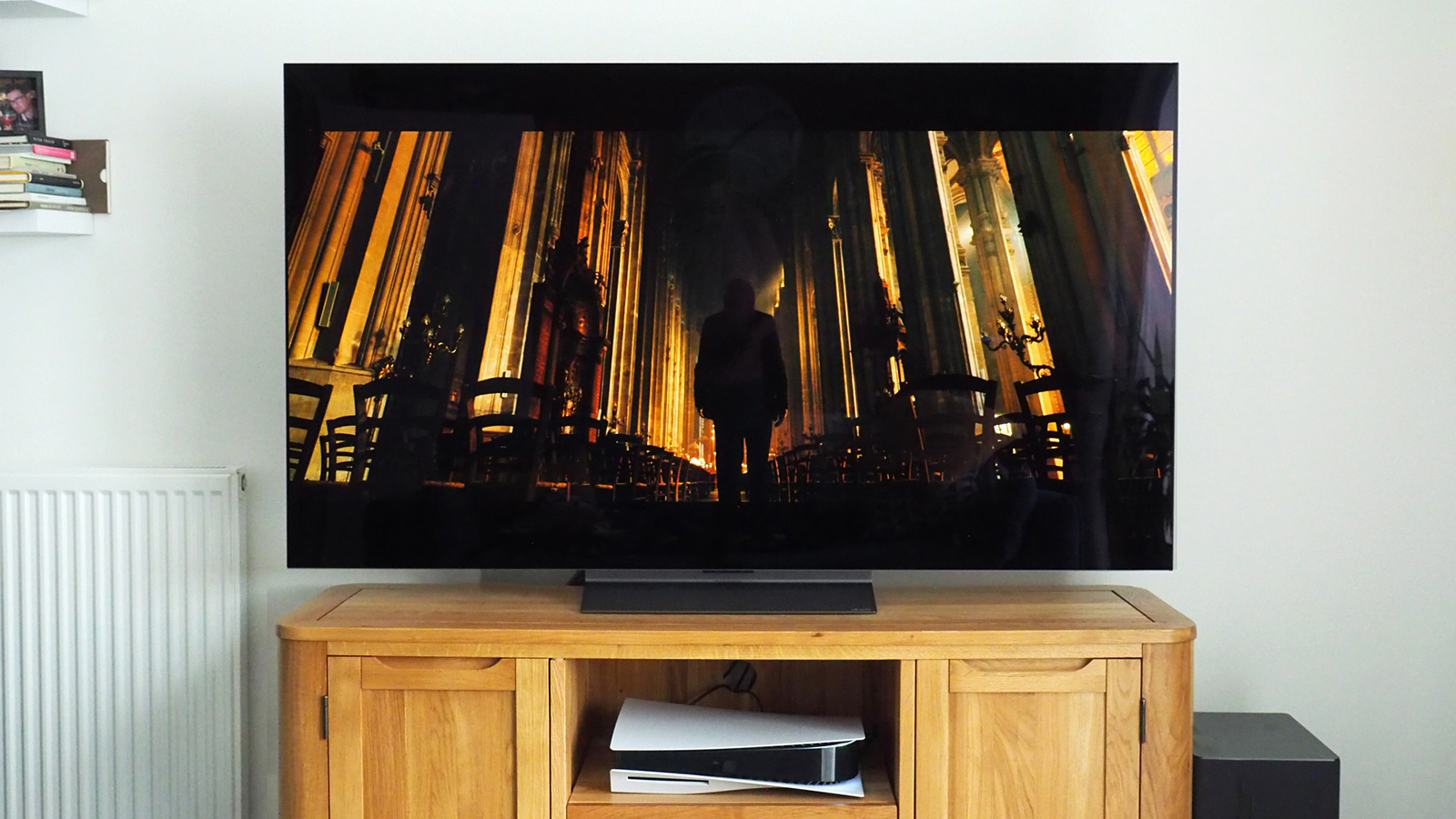

Reasons to buy
Reasons to avoid
The LG C3 is getting a little older now, but that's not necessarily a reason to dismiss it: it still produces a fantastic-looking picture at a size that means it qualifies for this list (77 inches rather than 75 inches, actually), and as newer models start to appear on the market the price of this model starts to go down.
With HDMI 2.1 (so 4K at 120Hz) included across four ports it's going to appeal to gamers, while if you're watching movies and shows you're going to be impressed with the power of OLED too – whether using something plugged into the back of the set or one of the many apps that comes along with the on-board software.
We hope we've piqued your interest, and if you want to know more about this set the LG C3 review is the place to go next.
Best under 1000
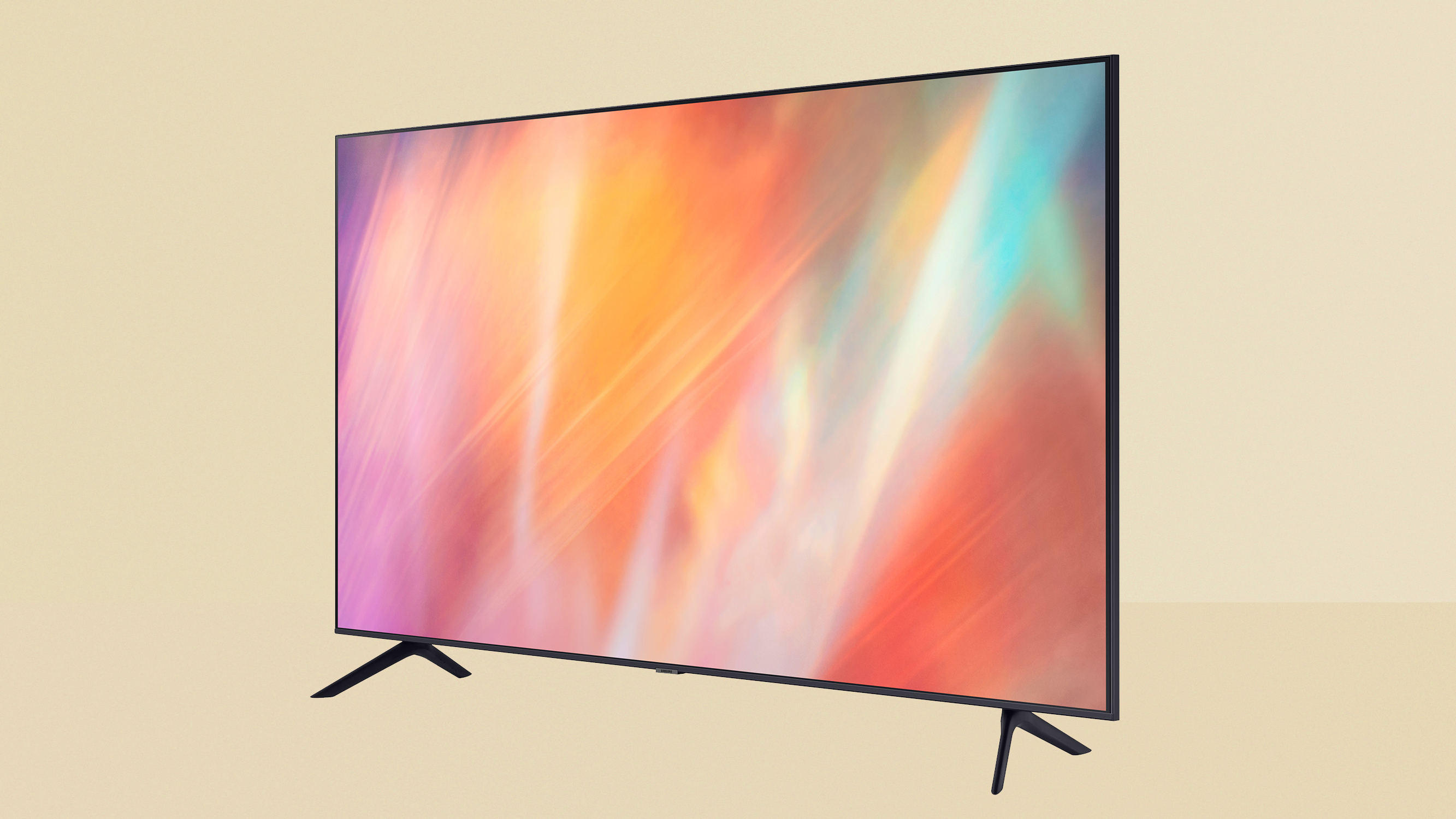

Reasons to buy
Reasons to avoid
The Samsung AU7100 is one of the most affordable 4K LED TVs you can buy right now, and it delivers a lot of bang for your buck: this may be an absolutely massive 4K TV, but it doesn't have an absolutely massive price tag. Remember too that it has Samsung's impressive Smart TV interface built into it too.
The AU7100 has a backlit, edge-illuminated panel with HDR10, HDR10+ and HLG HDR support, but no Dolby Vision. Perhaps most importantly, the picture quality is superb, even stretched across this huge size – though we'd recommend making sure your input sources are all 4K (or even 8K) enabled.
If you want to find out more about this value for money TV, our Samsung AU7100 review is the place to go next.
The right size
A more pertinent question is do you have the room? A 75-inch TV is clearly very large, and in the average living room it will take up most of a wall.
So you need to measure the available space, and be aware that a screen this size will dominate the room. The good news is these days there’s very little bezel, while a depth of 3-5cm makes installation easier. Wall-mounting is the best option, because it takes up the least space – just make sure you use a solid bracket, and check your wall can actually take the weight! We've got a guide to the best TV wall mounts.
What to look for
The 75-inch HDR TV market is dominated by large-screen 4K OLED TVs, some cheaper 4K LCD TVs, and 8K QLED TVs. In general, these screens tend to be high-end models, although not always, and as such you should be looking for state-of-the-art image processing that uses AI-enhancements, extensive HDR support, Dolby Atmos immersive audio, comprehensive smart platforms, and plenty of gaming features – many of the best gaming TVs have 75-inch options.
The processing capabilities are especially important at this size, since any imperfections in the picture will be pretty obvious – that means good upscaling of HD and SD content is vital.
This is a size where going 8K should be a serous consideration, since these TVs are big enough to make those extra pixels worthwhile. The upscaling of in the best 8K TVs can't make 4K content look like true native 8K footage, but it can make it look even better than 4K, so there are real benefits.
Some of these TVs offer impressive built-in sound systems, though none will truly stand up to adding one of the best soundbars that's equivalent in scale to a TV of this size. We think most people will want to upgrade so that the sound is as epic as the visuals, though with some of these TVs, that won't have to be right away, mercifully.
Reviewer Panel

As the tech editor here at T3, I spend an awful lot of time testing out the latest gadgets – and that includes the best big TVs that money can buy right now. I've seen plenty of these screens for myself, so I know exactly what I'm looking for when it comes to features and quality.
Get all the latest news, reviews, deals and buying guides on gorgeous tech, home and active products from the T3 experts

Mike is T3's Tech Editor. He's been writing about consumer technology for 15 years and his beat covers phones – of which he's seen hundreds of handsets over the years – laptops, gaming, TV & audio, and more. There's little consumer tech he's not had a hand at trying, and with extensive commissioning and editing experience, he knows the industry inside out. As the former Reviews Editor at Pocket-lint for 10 years where he furthered his knowledge and expertise, whilst writing about literally thousands of products, he's also provided work for publications such as Wired, The Guardian, Metro, and more.